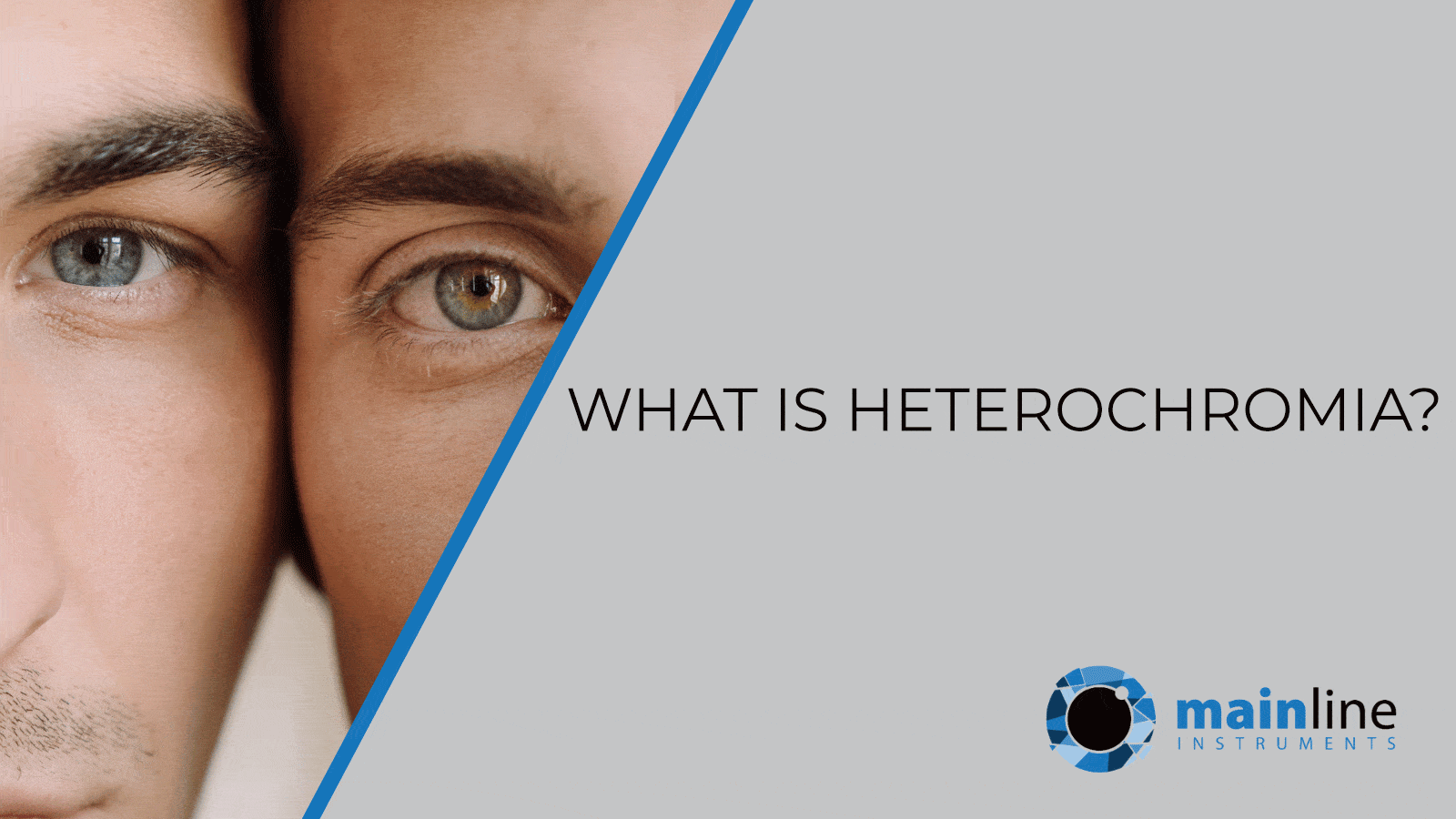Heterochromia is when a person has differently coloured eyes or eyes that have more than one colour in them, which affects less than 1% of the population.
It’s caused by genes passed down from your parents or by something that happened when your eyes were forming. In rare cases, it can be a symptom of a medical condition. It is usually harmless and doesn’t need to be treated.
Your eyes gets their colour from a pigment called melanin. The amount of melanin effects how dark or light the eye is. Less melanin leads to lighter eye colour and more melanin makes darker eyes.
There are 3 types:
- Complete heterochromia – means one iris is a different colour from the other.
- Segmental heterochromia – means different parts of one iris are 2 or more colours.
- Central heterochromia is when the outer ring of your iris is a different colour from the rest.
Causes:
When you’re born with different-coloured eyes, it’s called congenital heterochromia.
There are different conditions that can cause this which include[1]:
- Piebaldism
- Hirschsprung disease
- Bloch-Sulzberger syndrome
- Von Recklinghausen disease
- Bourneville disease
- Waardenburg syndrome
- Sturge-Weber syndrome
- Parry-Romberg syndrome
- Horner’s syndrome
If your eye colour changes when you are older, it is called acquired heterochromia.
This can be caused by:
- Eye injury
- Glaucoma
- Certain medicines
- Neuroblastoma which is a cancer of the nerve cells
- Eye cancer or melanoma. One sign of eye melanoma is a dark spot on the iris.
An optometrist can detect these eye changes easily in regular eye exams. Read how often you should get your eyes tested here on our blog.
References:







